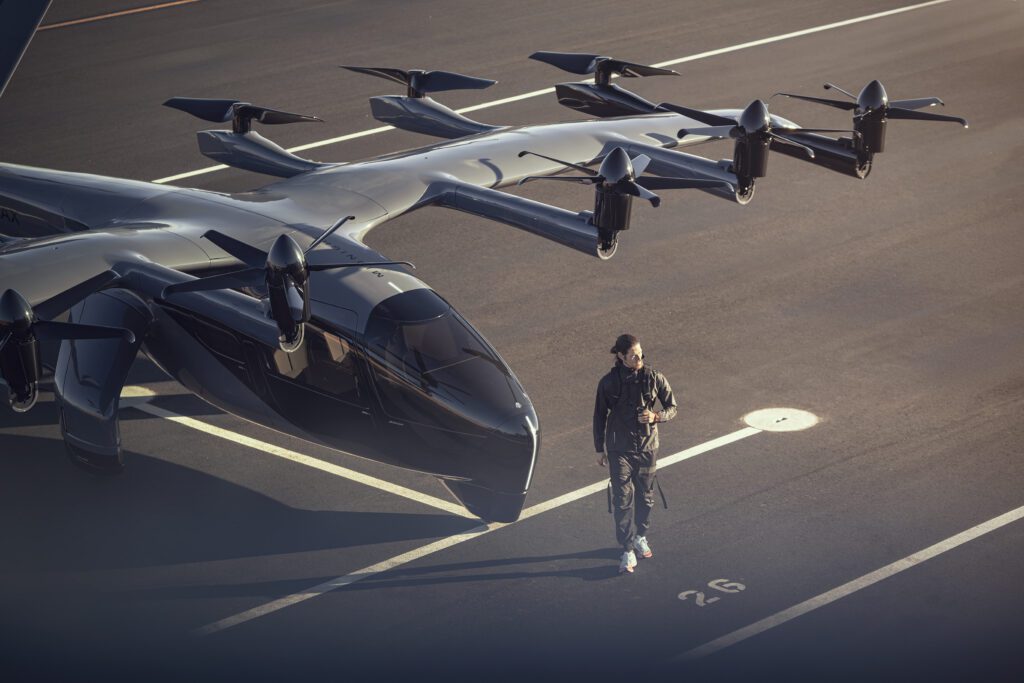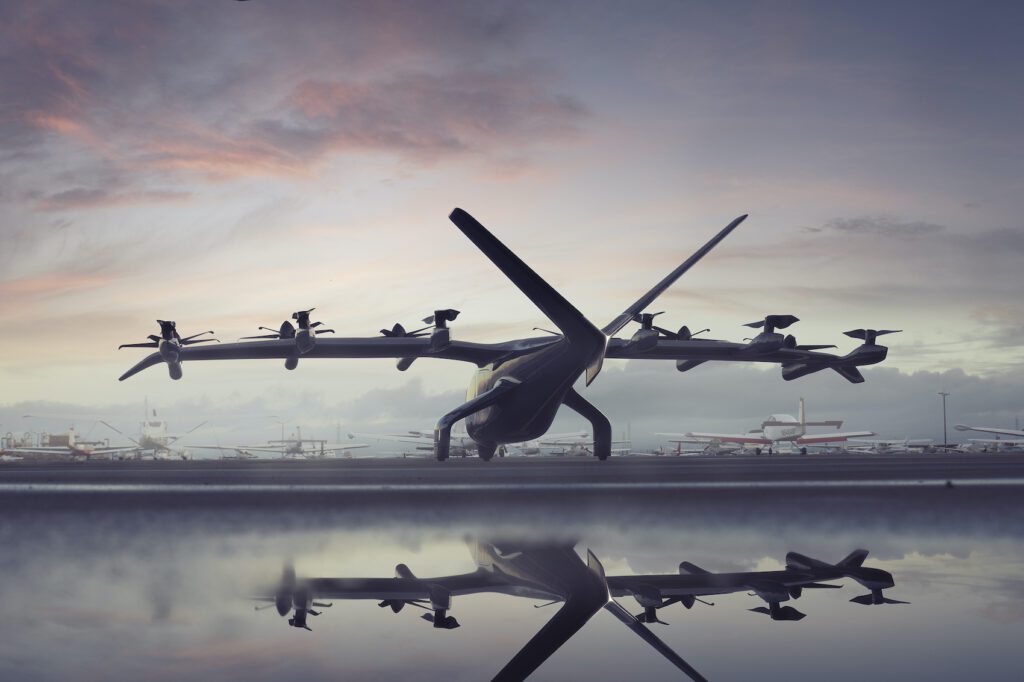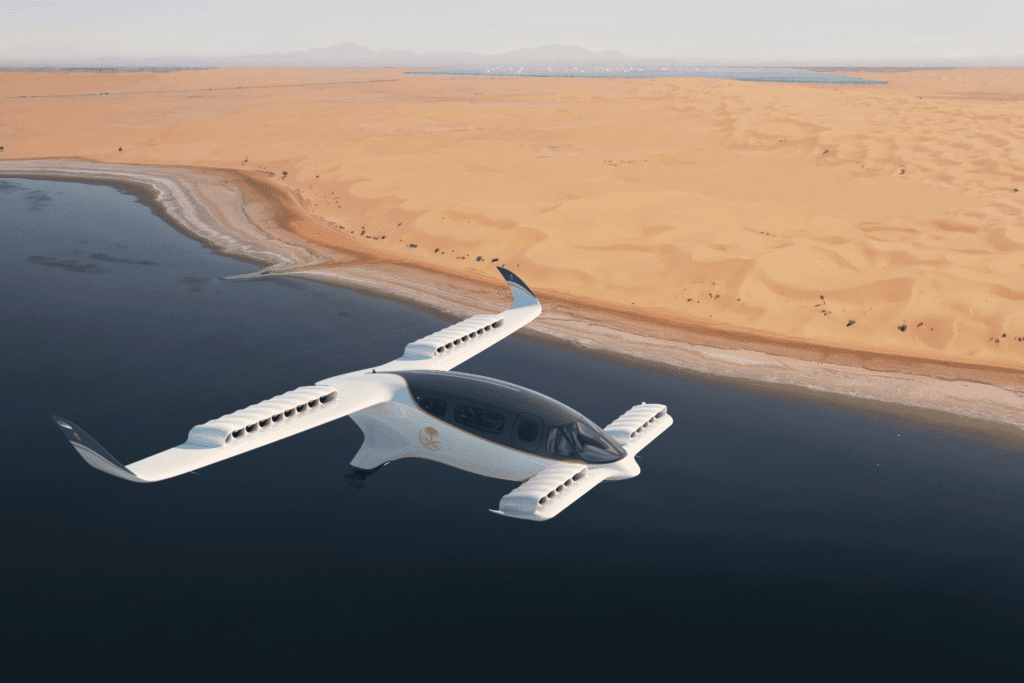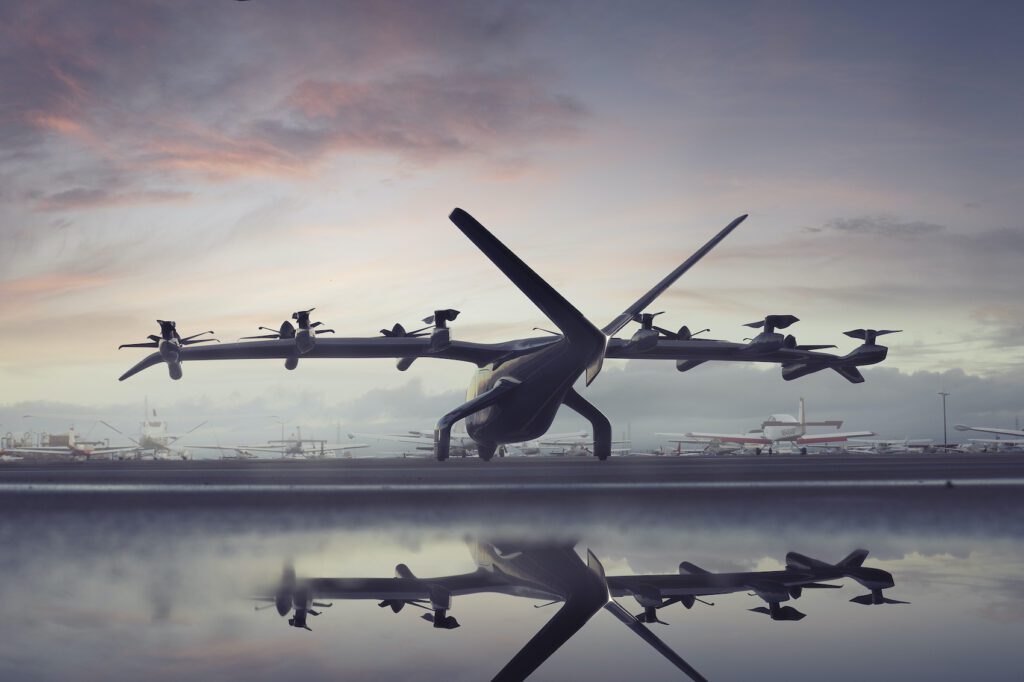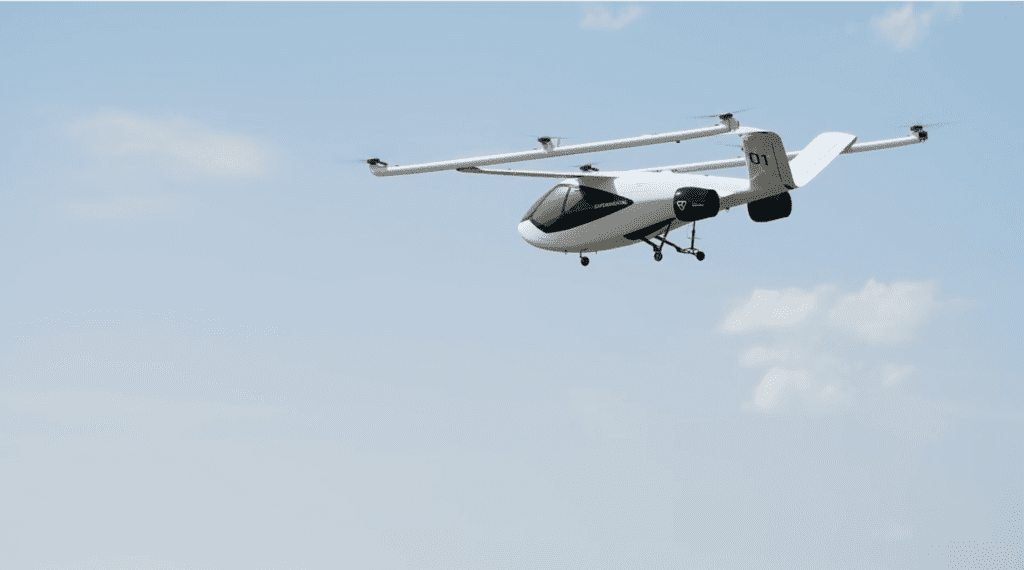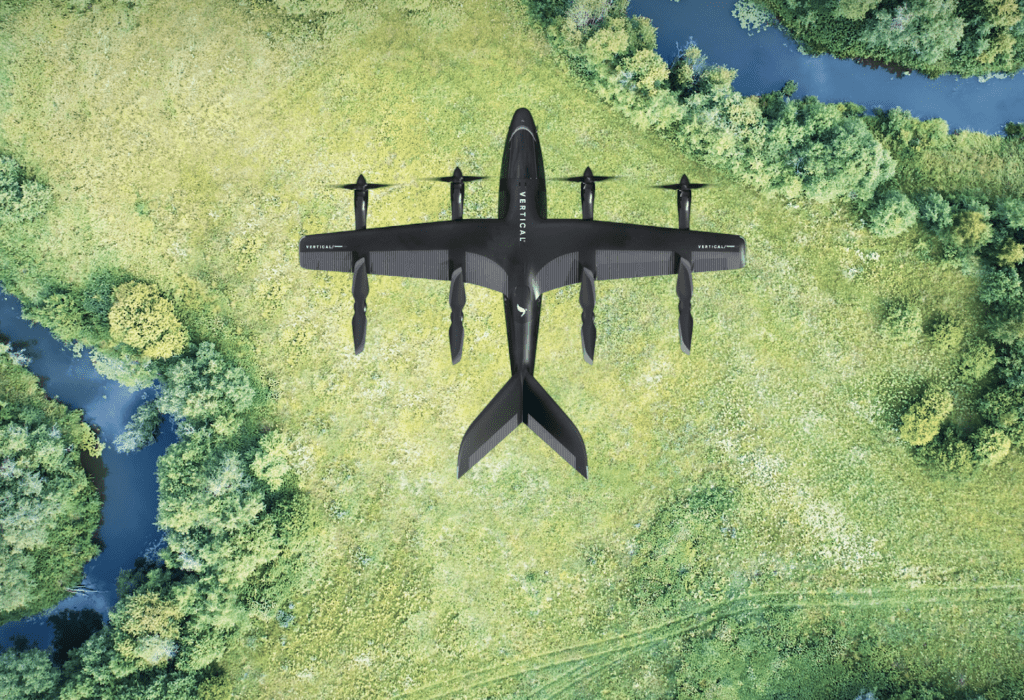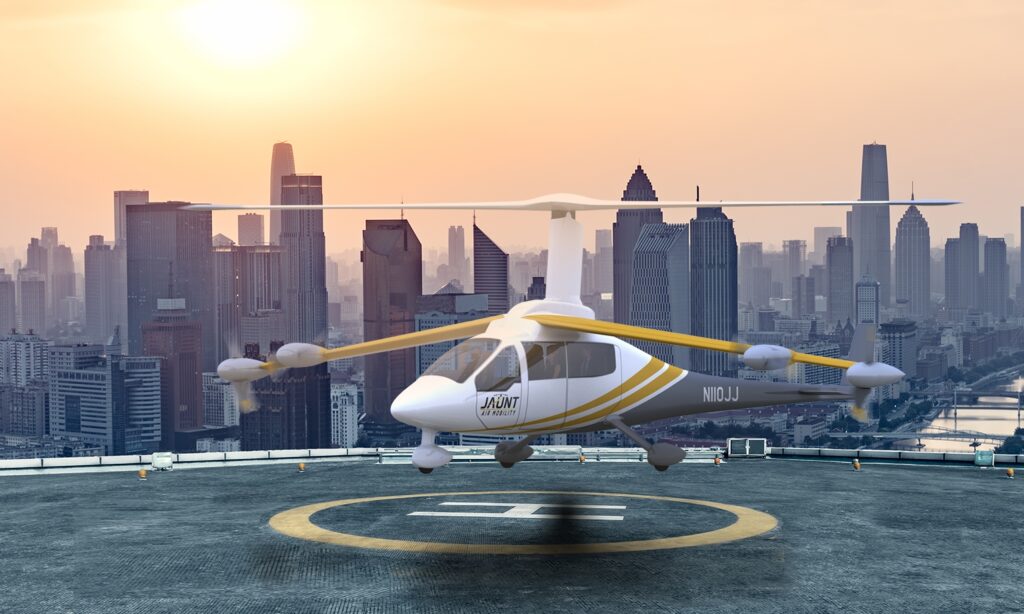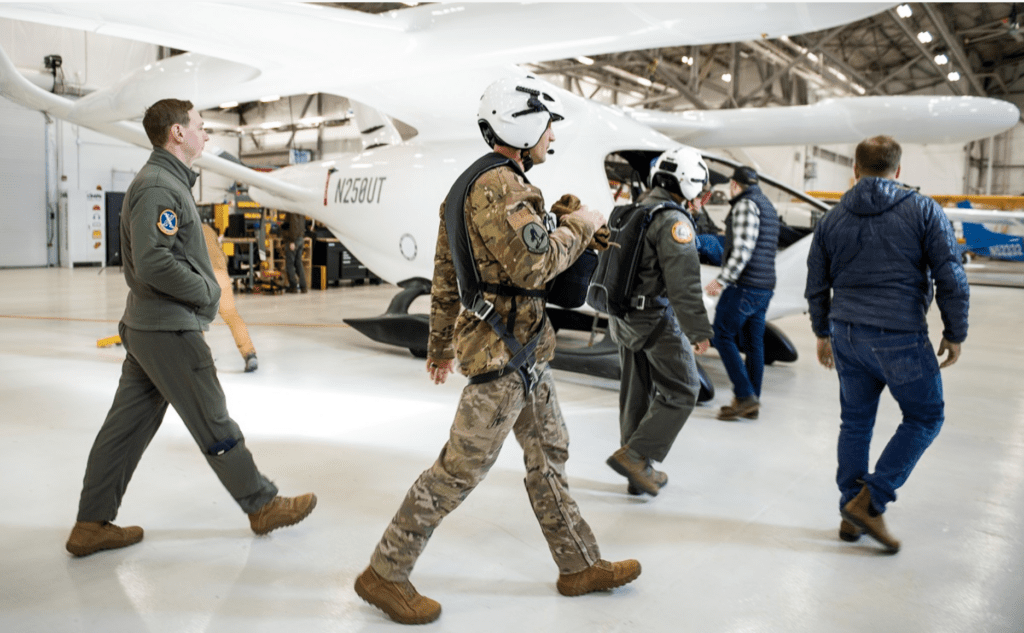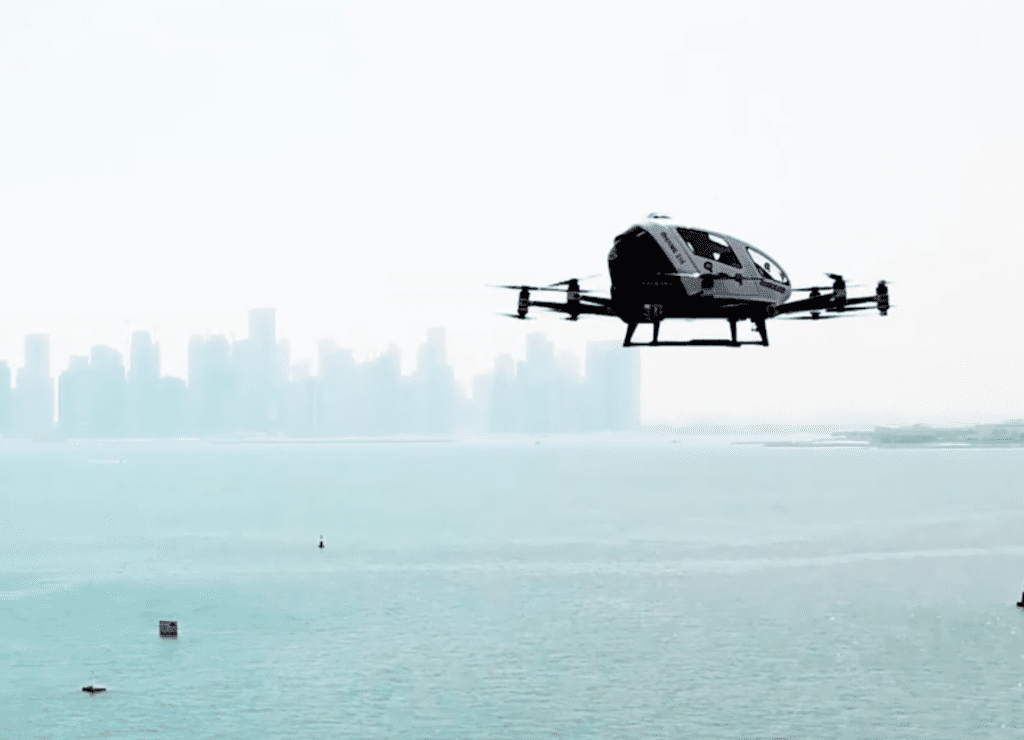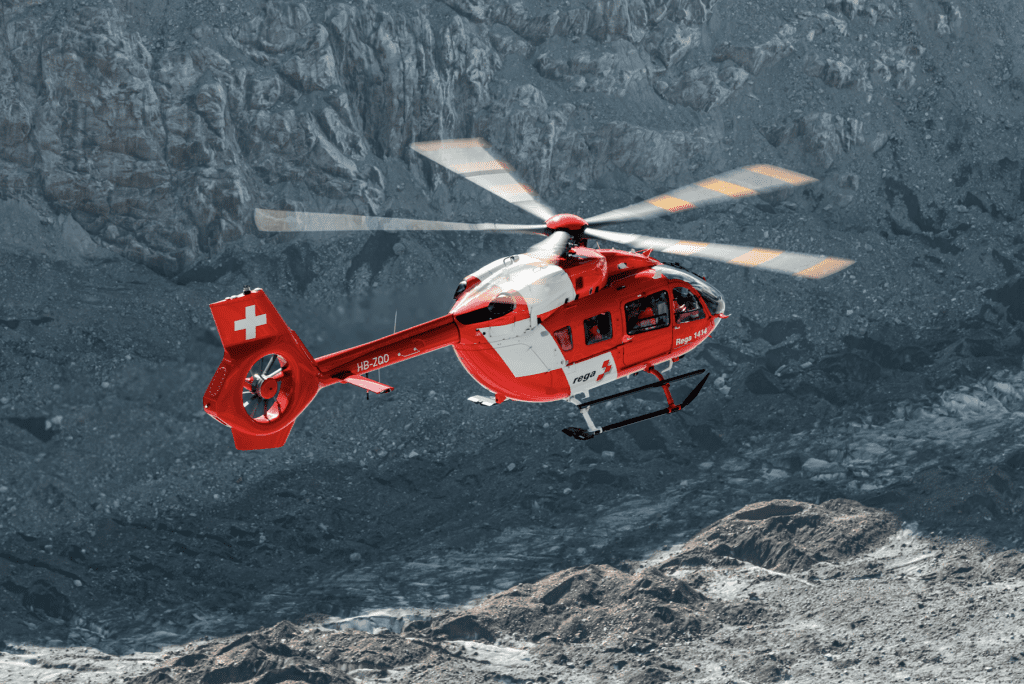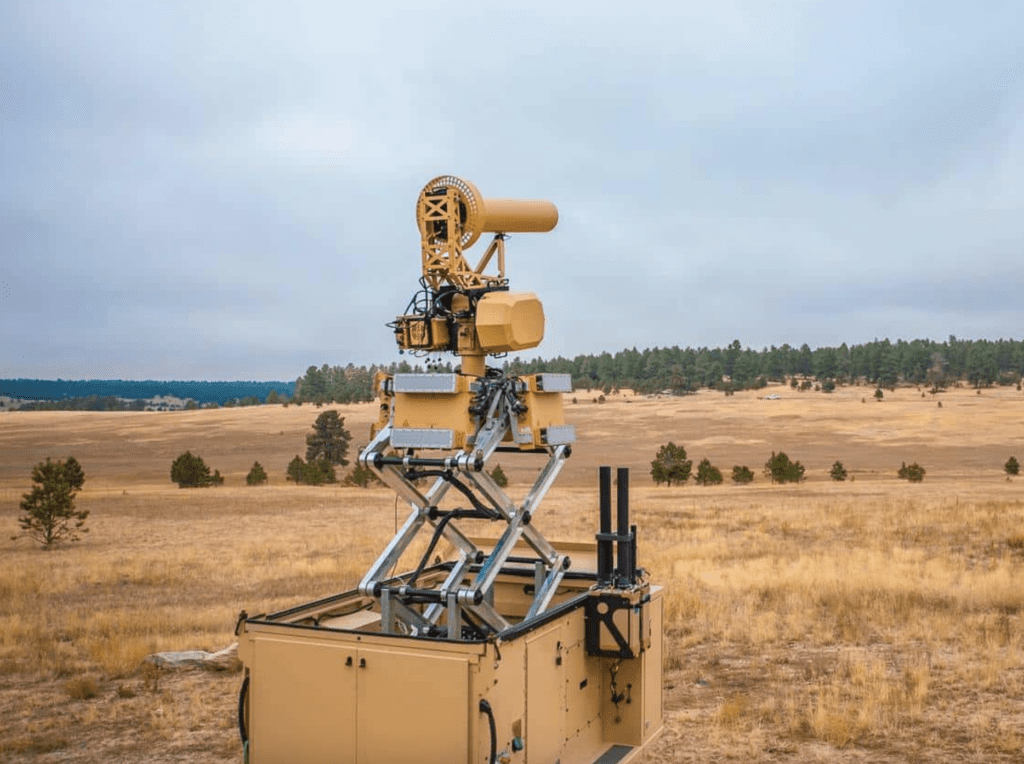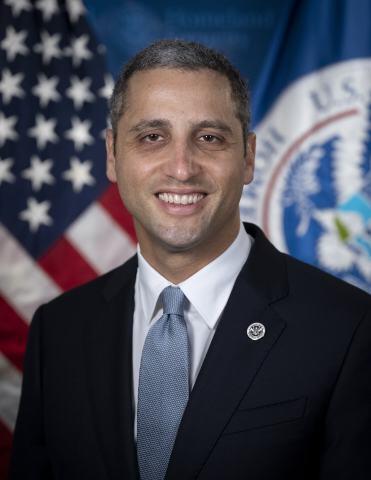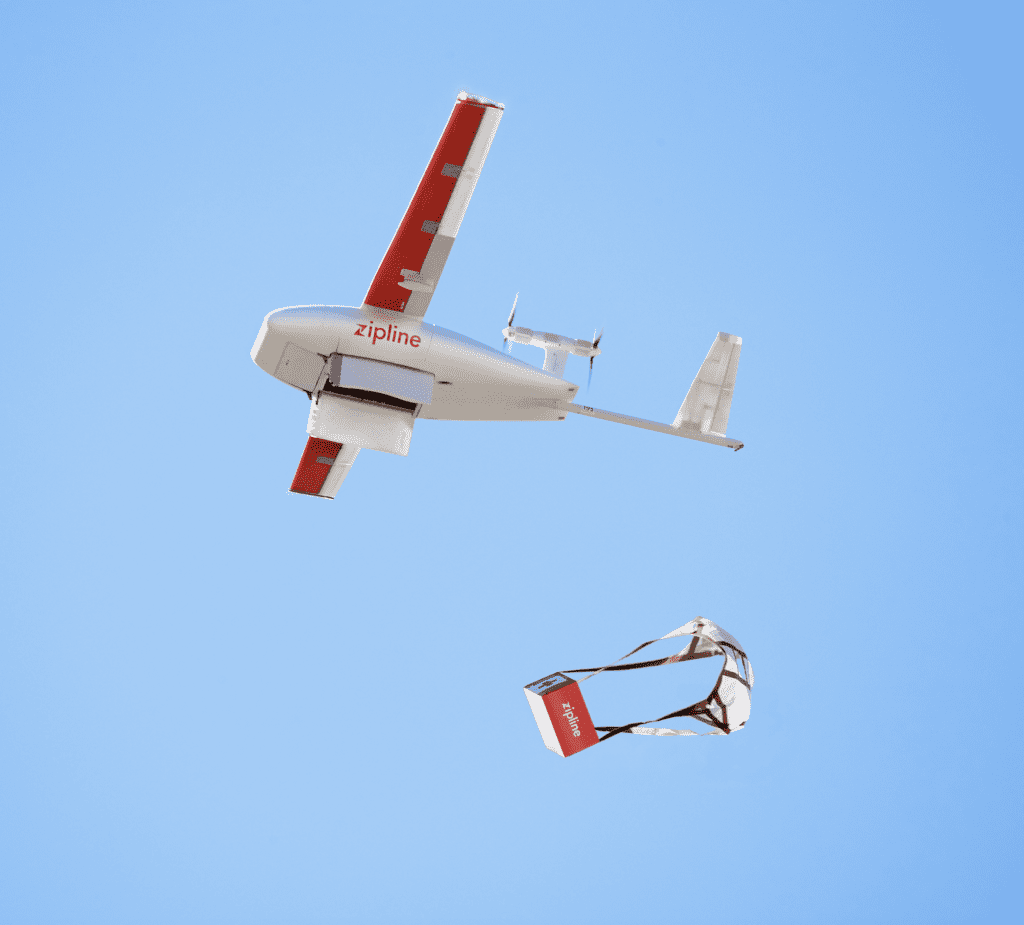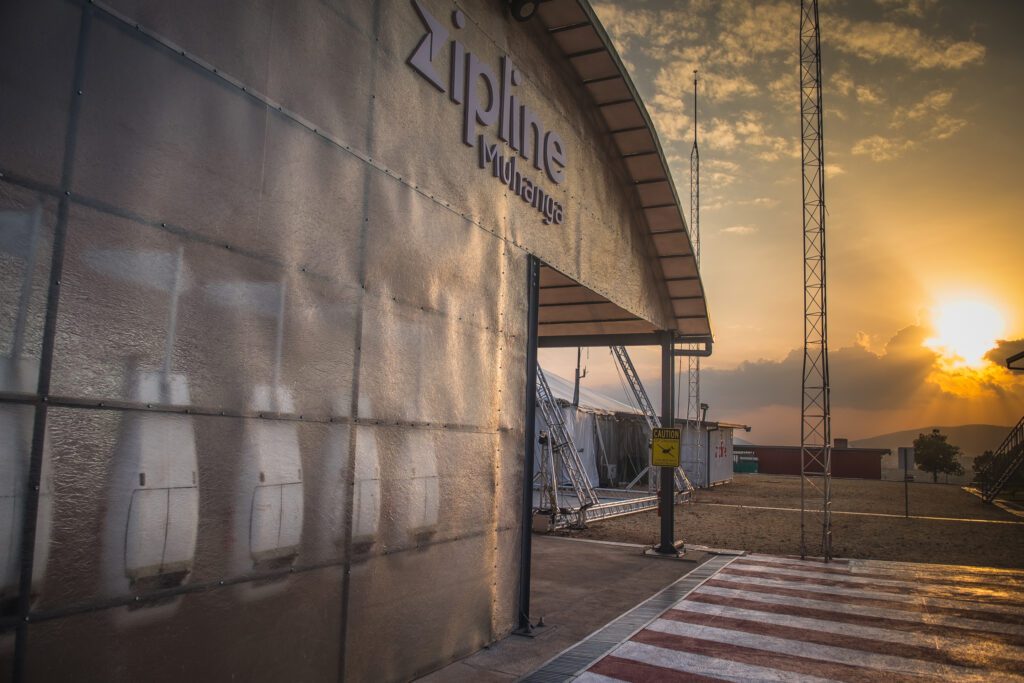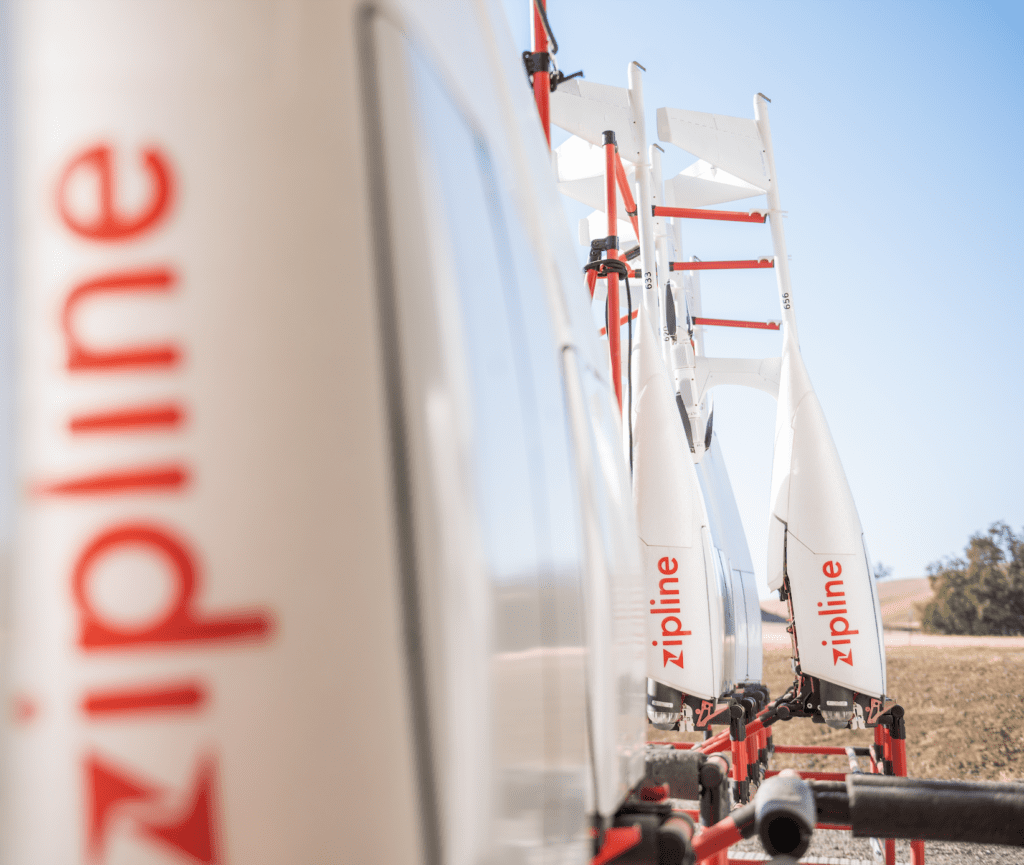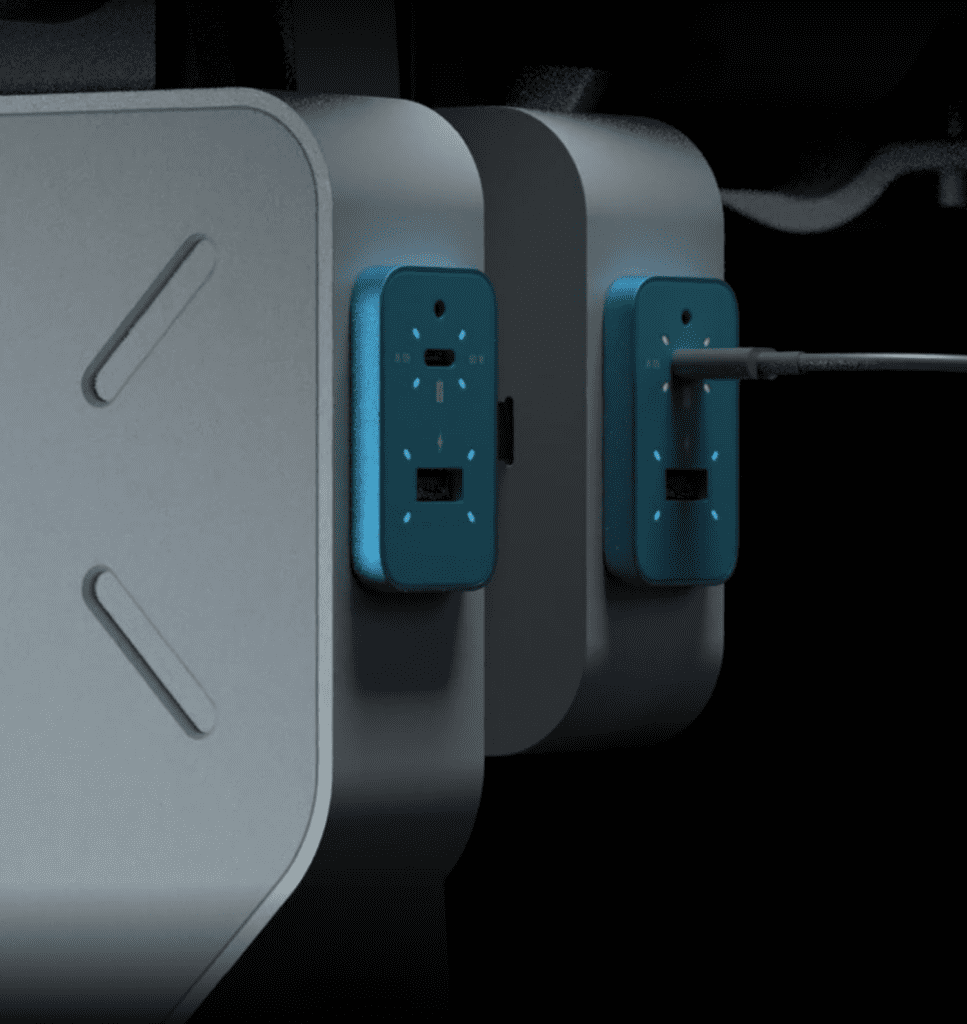Q&A With Inmarsat’s Director of Air Traffic Services
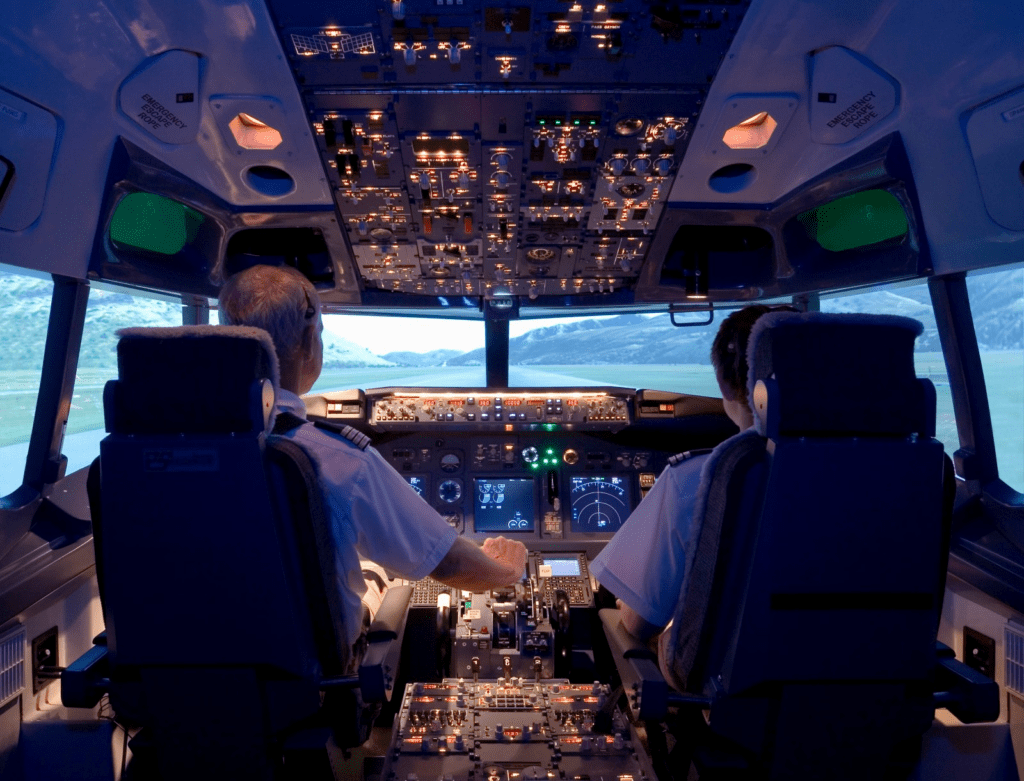

Inmarsat’s Director of Air Traffic Services, Lisa Bee, recently spoke with Avionics International to discuss the Iris program in-depth as well as Inmarsat’s approach to ATM. (Photo: Inmarsat)
Inmarsat leads the Iris Air Traffic Management (ATM) program with the European Space Agency. Inmarsat and the ESA signed a contract in June 2022 to begin a new phase called Iris Global, which will expand the ATM program beyond Europe and accelerate the modernization of ATM.
In November 2022, Inmarsat and the ESA chose TXT Group as the latest partner to join the Iris program. The Electronic Flight Bag (EFB) application developed by TXT, called the Pacelab Flight Profile Optimizer, or FPO, will support the Iris program with recommendations for cost-efficient methods to operate flights. The FPO uses vertical and lateral route optimization to incorporate passenger comfort, on-time performance, and operational considerations.
Avionics International caught up with Lisa Bee, Inmarsat’s Director of Air Traffic Services, recently to learn more about the Iris program and Inmarsat’s approach to ATM.
Avionics: Could you share some details about your background?
Lisa Bee: I am an ex-FAA air traffic controller. I worked on developing requirements and operational test and evaluation programs. I work a lot right now in the regulatory space for Inmarsat, and I deal a lot with ICAO panels. I also work with ICAO regional air traffic services coordinating groups on how these regional groups are going to operate together and harmonize their technologies and their operations.
What exactly is the Iris program?
Bee: Our Iris programme is our next-generation satellite communications program. It’s an enabler for global air traffic modernization. These are operating concepts that are captured by ICAO in their Aviation [System] Block Upgrades and their global air navigation plans. The concepts for modernization have been embraced by different signatures to ICAO.
Iris is really the set of tools that will enable trajectory-based operations and those kinds of capabilities. It’s a secure, digital communication capability. It’s built on our ELERA satellite communications network, which is an L-band network. It provides data link communications, controller-pilot data link communications, ADS-C surveillance, as well as secure prioritized background IP capabilities, and it also supports voice capabilities.
Where our legacy satellite communications is on the FANS [Future Air Navigation System] network, Iris is basically built on our SwiftBroadband-Safety network. Iris brings that over to the aeronautical telecommunications network [ATN]. The Iris program enables satcom on the ATN to meet the requirements for domestic communications. Previously for aeronautical safety, satcom had been used primarily in oceanic and remote regions. Iris now brings satcom to meet domestic, continental needs.
What progress has been made with Iris?
Bee: Inmarsat has been working on the Iris project since 2014. That’s when the ESA selected us as a partner. We’ve been working to develop the satcom capability, and it’s built on our SwiftBroadband-Safety 2.0 system. The Iris capability takes that and transitions it to the ATN—for Europe, it’s ATN OSI. We’ll be able to provide higher-speed, higher-capacity data link capabilities that support the 4D trajectory data link—an expanded message set for controller-pilot data link communications and the ADS-C extended projected profile. Those are enablers for trajectory-based operations, or TBO. Also, with the Secure IP channel, we can support applications like the Pacelab Flight Profile Optimizer, and other types of EFB applications. What you have now is this really great capability for the airline operations centers, pilots, and the air traffic management system to communicate with each other—a much higher level of information exchange and situational awareness, and that enables much more efficient flight profiles.
Where is the team at in terms of development?
Bee: We’ve been working for a number of years and conducted a number of flight trials. In November, Airbus certified the lightweight cockpit satcom terminal, the Iris terminal, on easyJet. EasyJet certified that terminal on an Airbus 320neo. We expect to begin commercial flights with those aircraft in early 2023. EasyJet is planning to equip up to 11 Airbus A320neos. We’re on schedule right now for EASA service certification around March 2023.
As soon as the flights are capable and the service is certified, we’ll have basically a pan-European service that’s available for implementation. It will operate anywhere it’s adopted within Europe. It doesn’t require any additional existing ground infrastructure; it’s just plugged right into the aeronautical telecommunication network. Modifications are complete to support this service.
Have there been any obstacles or challenges related to the work with easyJet?
Bee: No specific obstacles. Any time you do technical development, there are going to be issues. We’ve been working very effectively together with easyJet. They have some very ambitious objectives to make their fleet more efficient. They just recently came out with a roadmap to net zero by 2050. They are probably considered the most efficient airline in Europe.
Are there any ongoing efforts or projects that you could share details about?
Bee: We recently launched, with the European Space Agency, the Iris Global program. That will be to transition it to a global standard—ATN/IPS. When that program is complete, it will be capable of providing Iris services anywhere in the world. Because we’ll be enhancing our network to support the IPS standard and because our network is global, it would be immediately available. The timeline for that is around 2027, and that was just announced this year.
How do you see this industry evolving? Have you observed any trends in air traffic management, or any upcoming challenges or opportunities?
Bee: The big concern in the airline industry right now is sustainability and also countering perceptions and concerns about aviation’s contribution to global emissions. I was at the CANSO [Civil Air Navigation Services Organisation] and ATCA [Air Traffic Control Association] World ATM Congress this past spring, and the biggest area of discussion was probably making aviation more sustainable—specifically, how to modernize airspace and bring efficiency to aviation.
For example, the European Commision estimated that aviation probably contributes about 3% of all CO2 emissions in Europe, and about 2% globally. The air traffic/airspace management portion of that contribution is probably somewhere between 5% and 10%. The big concern that I’m hearing in the air traffic arena is what we need to do to address that 10% and to gain 10% reductions in CO2 emissions. The big limiter has been aviation infrastructure. The big push with Iris and trajectory-based operations is to modernize the aviation infrastructure and implement TBO so that flights can be managed more efficiently. Then we can reduce emissions. Iris is the tool for that. That’s the primary message I’m seeing, and, of course, uncrewed aviation and the integration into controlled and uncontrolled airspace.
The post Q&A With Inmarsat’s Director of Air Traffic Services appeared first on Avionics International.
—————
Boost Internet Speed–
Free Business Hosting–
Free Email Account–
Dropcatch–
Free Secure Email–
Secure Email–
Cheap VOIP Calls–
Free Hosting–
Boost Inflight Wifi–
Premium Domains–
Free Domains






